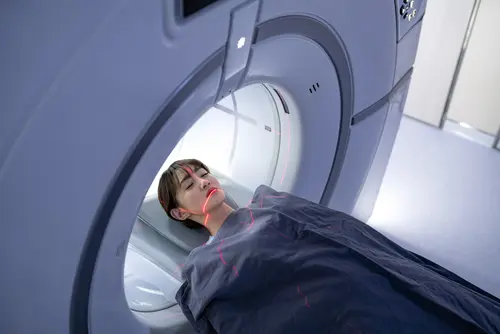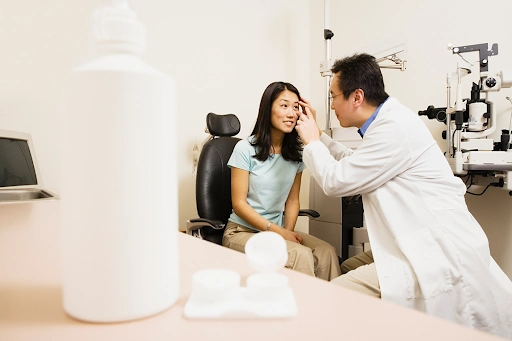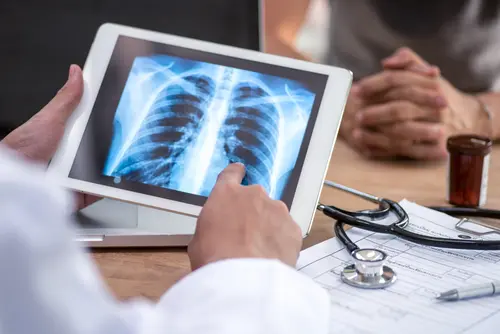General Radiography
This examination uses X-rays to image virtually any body part like a photograph. The X-rays pass through the body and are captured on a film. The equipment may be static or mobile, allowing X-rays to be done by the bedside.
Ultrasound Examination
Ultrasound is a technique of imaging that uses high frequency sound waves to produce an image of the internal organs and structures of the body. It uses no X-rays.
Computed Tomography Scan (CT Scan)
CT scan provides an excellent anatomical examination to obtain a comprehensive cross-sectional image of the body, such as the head, chest, abdomen and spine. A CT scan is an X-ray procedure enhanced by a computer. This results in a two- or three-dimensional view (referred to as a slice or a cross-section) of a particular part of the body.
Magnetic Resonance Imaging (MRI)
The MRI system utilises a magnet with a high field super-conducting system and radio-frequency pulses to examine the body’s internal organs. It is the technique of choice for imaging of the brain, spine (Central Nervous System) and musculoskeletal region. No radiation is involved in this procedure. Gleneagles Kuala Lumpur (GKL) has the 3T MRI advanced which means more neurological studies and less of invasive procedures that can be done for our patients.
The devices or conditions listed below might prohibit you from having an MRI examination. If you have any of these devices, make sure your physician and the MRI staff are informed. If you have any doubts or questions, Please ask the physician or MRI staff before the procedure.
- Pacemakers
- Artificial heart valves
- Neuro-stimulators
- Metallic clips used in brain surgery
- Implanted hearing aids
- Metal implants
- Metal shrapnel in your body
- Metal fragments in your eyes
- Intra-uterine contraceptives devices
- Claustrophobia
Fluoroscopy
Fluoroscopy is a mode of imaging any part or organ of the body in a moving form. A continuous X-ray beam is passed through the body part being examined, and is transmitted to a TV-like monitor so that the body part and its motion can be seen in detail. The images can be captured on hard copies.
Angiography
Angiography is the study of blood vessels which involves the injection of a radio-opaque ‘dye’ into a vessel via a specially shaped tube called a catheter, and taking X-ray images in rapid succession. Abnormal vessels and tumours can be studied this way. Abnormally formed vessels (malformation) such as stenotic vessels and aneurysms are some of the examples of blood vessel diseases.
Non-vascular Interventional Radiology
Non-vascular interventional radiology has come to play an increasingly important part in the day-to-day work of the department. This trend is expected to continue with current developments in patient management. It is a “minimally invasive technique” that involves the treatment of conditions such as drainage of abscess, blocked urinary system and biliary tracts. The radiologists perform these procedures using X-rays, ultrasound or CT to guide them.
Mammography
This examination uses low dose X-rays to produce internal images of the breasts. It is usually used in breast cancer screening to detect tumours.
Bone Mineral Densitometry
Bone densitometry is an enhanced form of X-ray technology that is used to measure bone loss. This examination is most often used to diagnose osteoporosis, a condition that involves a gradual loss of calcium. It is also used to detect structural changes which may cause the bone to become thinner, more fragile and more likely to break. This test is also effective in tracking the effects of treatment for osteoporosis and other conditions that cause bone loss.











-500x500.webp?sfvrsn=60351b85_7)
















